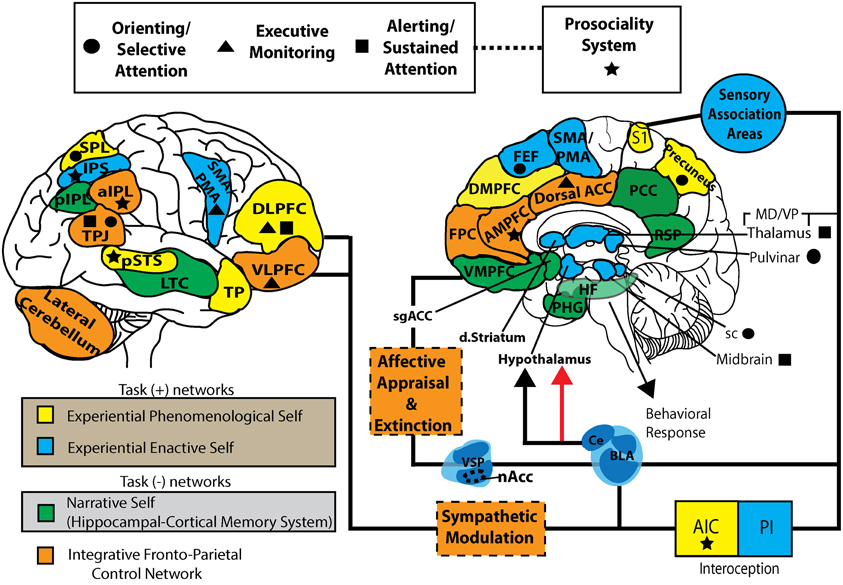
newfound sense of equilibrium and tranquility that started to infiltrate other facets of my existence. Breathwork and pranayama, despite their differing techniques, provided a holistic means of addressing and comprehending my anxiety.
Initially, my foray into breathwork was driven by necessity and intrigue. Conventional approaches to anxiety, including medication, provided some relief, but I believed there was more to discover regarding the management of my emotions and reactions. Breathwork, with its focus on profound, deliberate breathing methods, provided immediate, life-altering experiences. These sessions incorporated various forms of regulated breathing and frequently led to emotional release, enabling me to let go of tension and unexpressed feelings lodged within my body.
Through breathwork, I acquired powerful tools for emotional management. Techniques like cyclic sighing or box breathing supported in soothing my nervous system, allowing me to feel more in command during overwhelming situations. This feeling of empowerment was something that medication alone hadn’t completely accomplished—it was a method to actively participate in my mental health journey.
As my fascination with holistic wellness grew, I added a yoga practice to my routine. This, in turn, prompted me to delve into pranayama, the ancient yogic practice of breath management. At first glance, the nuanced methods of pranayama appeared less vigorous than my breathwork sessions, yet they delivered significant advantages over time. Pranayama’s disciplined approach to breathing served as a steady foundation, providing a sense of anchoring and stability that made the fluctuations of my anxiety more bearable.
What captivated me the most was how breathwork and pranayama enhanced each other. While breathwork facilitated emotional release, helping to remove mental and emotional barriers, pranayama refined my capacity to maintain a serene, focused mindset. Engaging in pranayama techniques like Nadi Shodhana (alternate nostril breathing) or Bhramari (bee breath) assisted me in developing a greater awareness and control over my breath. Consequently, this enabled me to derive even greater benefits from my breathwork sessions, as the emotional release from breathwork created space for the calming discipline of pranayama to take root.
The amalgamation of these practices nurtured a collaborative relationship that extended beyond anxiety management. The soothing effects of pranayama permeated various areas of my life—enhancing my concentration, quality of sleep, and overall emotional strength. I began to observe that daily adversities, which previously felt insurmountable, were now approached with a newfound patience and clarity.
In summary, the fusion of breathwork and pranayama offered a comprehensive toolkit that enriched my pursuit of mental wellness. They provided not just strategies for coping with anxiety but a pathway towards fostering a profound connection with my inner self. Embracing both practices has been life-changing, empowering me to face life’s uncertainties with grace and hope. My journey emphasizes the significance of exploring and integrating diverse approaches when confronting mental health and personal development.